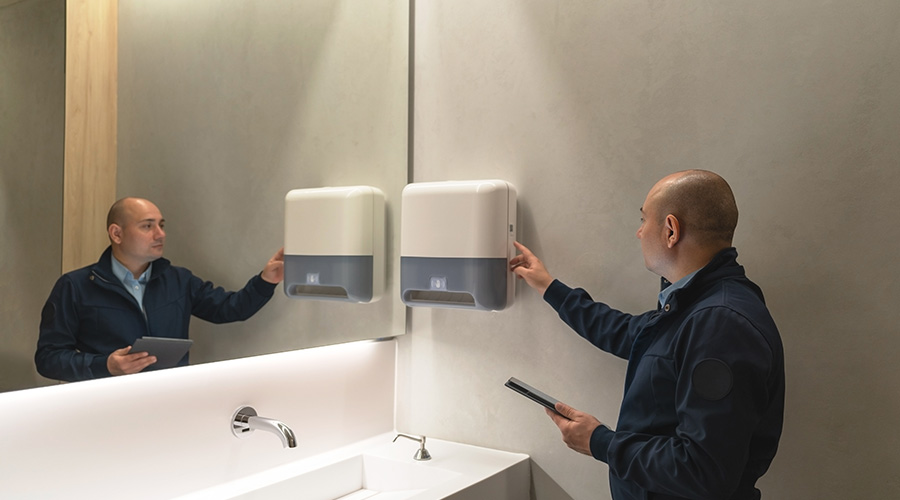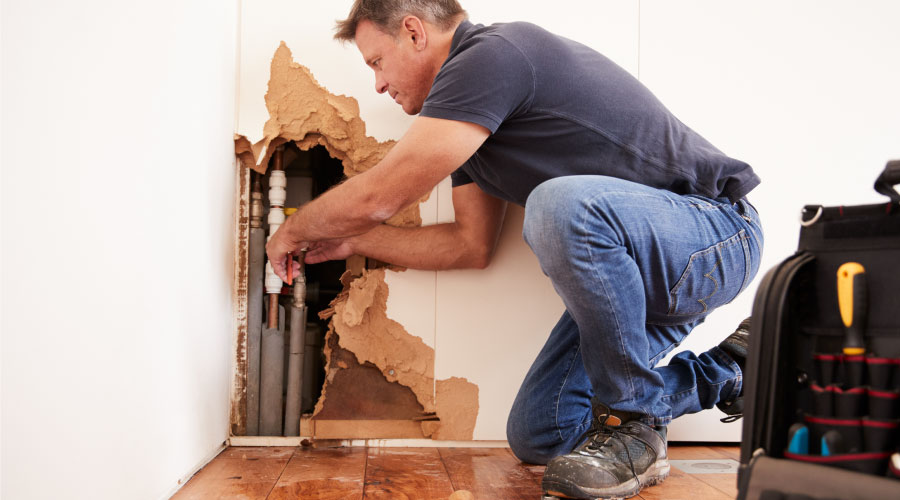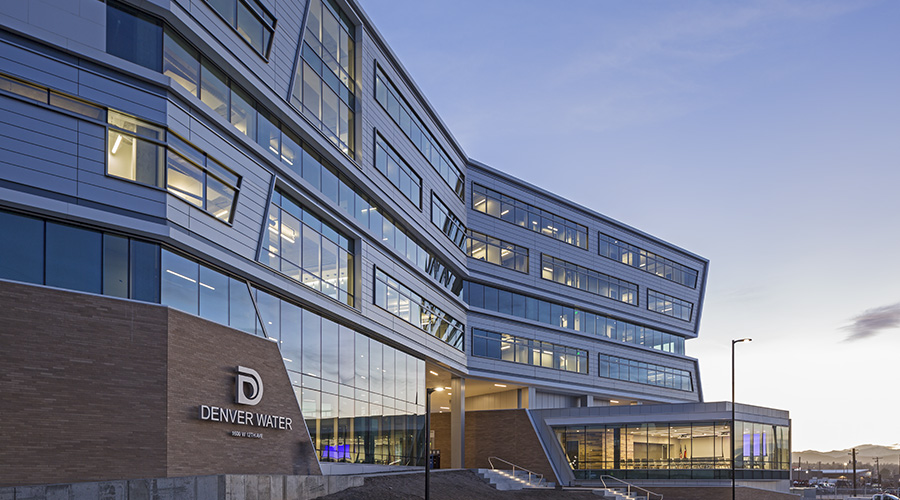Inspection Cameras Play a Role in Preventive Maintenance Programs
One of the best uses for inspection cameras in drain-cleaning operations is incorporating them into a preventive maintenance program. Managers can create a very effective synergy by using various pieces of drain-cleaning equipment with inspection cameras. The cameras are available at prices starting around $400, and professional systems can cost $1,000 or more.
By scheduling inspections annually and using the recording system, managers can compare conditions to determine the rate of buildup in drain lines. Then they can schedule a cleanout using the appropriate drain-cleaning equipment.
This approach offers several advantages. First, managers can predict when the next cleaning will be needed and schedule it to minimize disruptions to facility occupants.
Second, technicians will not have to work as hard to clear a drain because it will not be as tightly clogged as if it had been allowed to close off entirely and back up.
Third, managers can avoid the safety and health issues, inconvenience, and mess that inevitably result from sewage backups.
Making it Work
One good way to start this program is to schedule two inspections about three months apart. Then, based on the inspections’ findings, managers can adjust the frequency for future inspections. For example, if no change is evident from comparing the first two inspections, managers can reduce the frequency to once every six months or year.
While this approach gives managers excellent control over gradual drain buildup, emergency situations can arise. In these cases, rapid response is essential. A technician using a camera system with a waterproof lens and light-emitting-diode lighting can inspect the condition — even if the pipeline is flooded with backed-up sewage — find the exact location quickly, and remove the blockage to get the drain running again.
In either case — a gradual buildup or a sudden blockage — the cost of drain cleaning will be lower if an inspection precedes and follows the cleaning. By seeing the exact nature of the problem and its location and distance from the access point, technicians can select the right tools — such as cables and optional hooks, cutters or grabbers — to complete the job quickly and effectively.
If they follow the cleaning with another inspection while the line is clear, they can ensure they have removed the entire blockage. The problem will not occur again because it was completely solved the first time.
Related Topics:
















